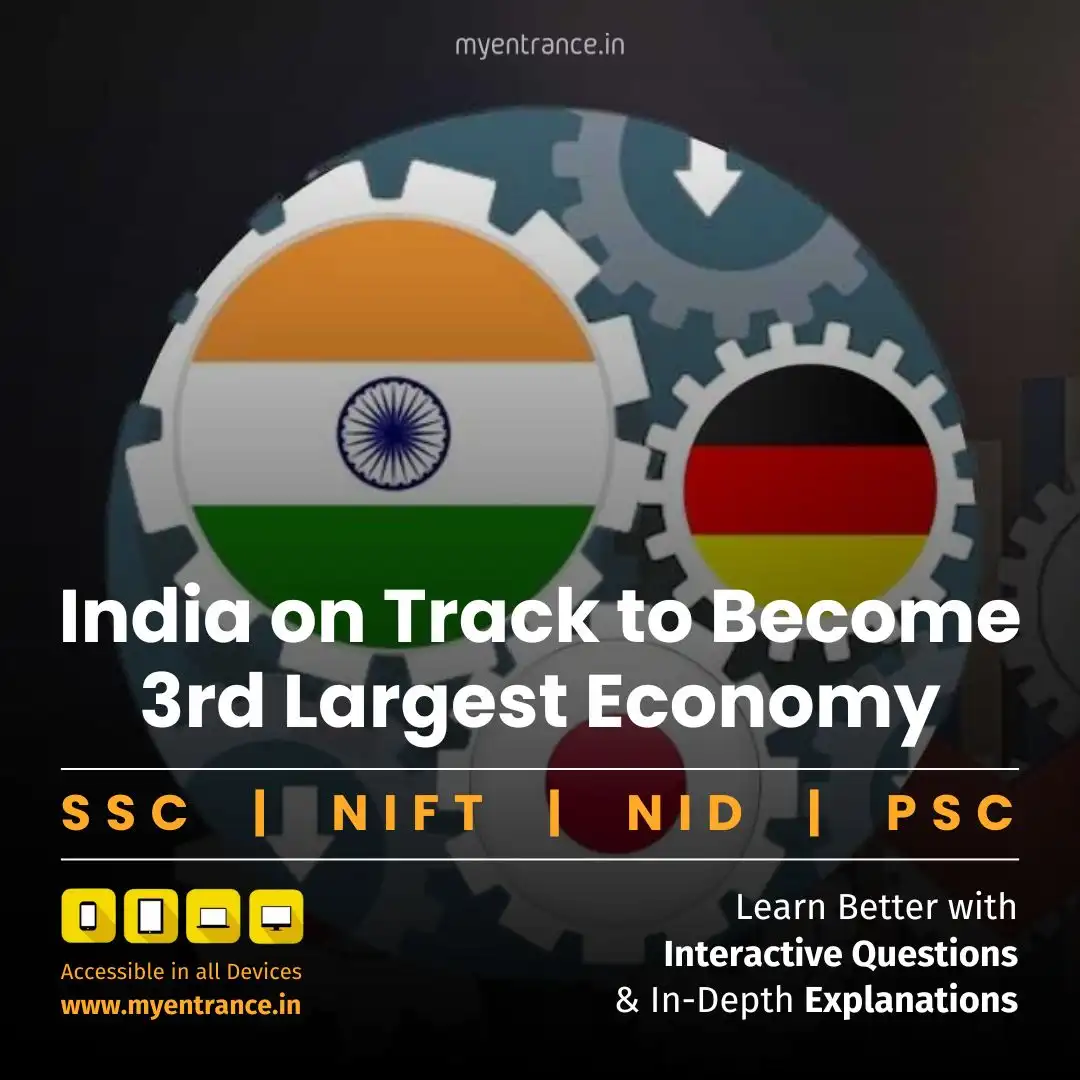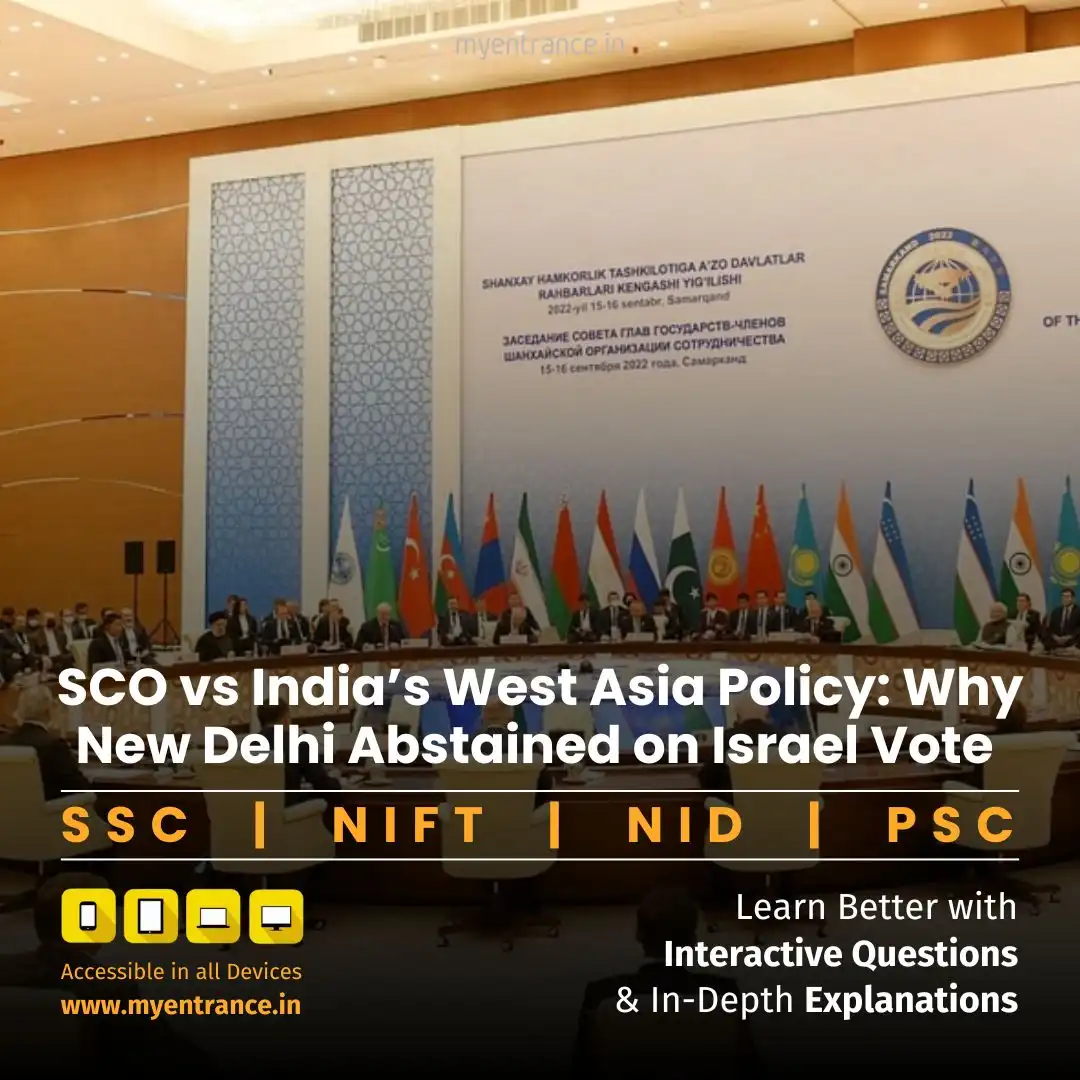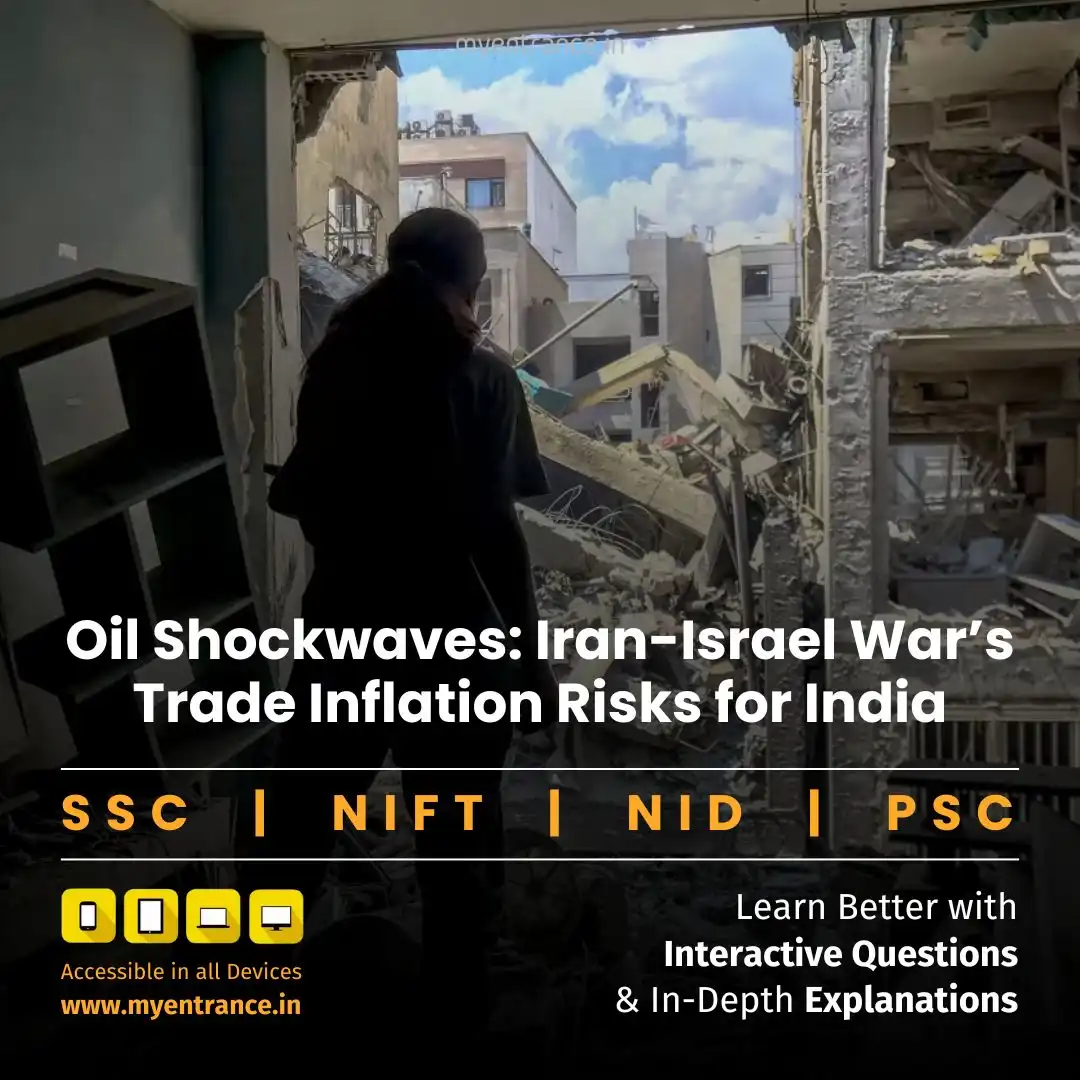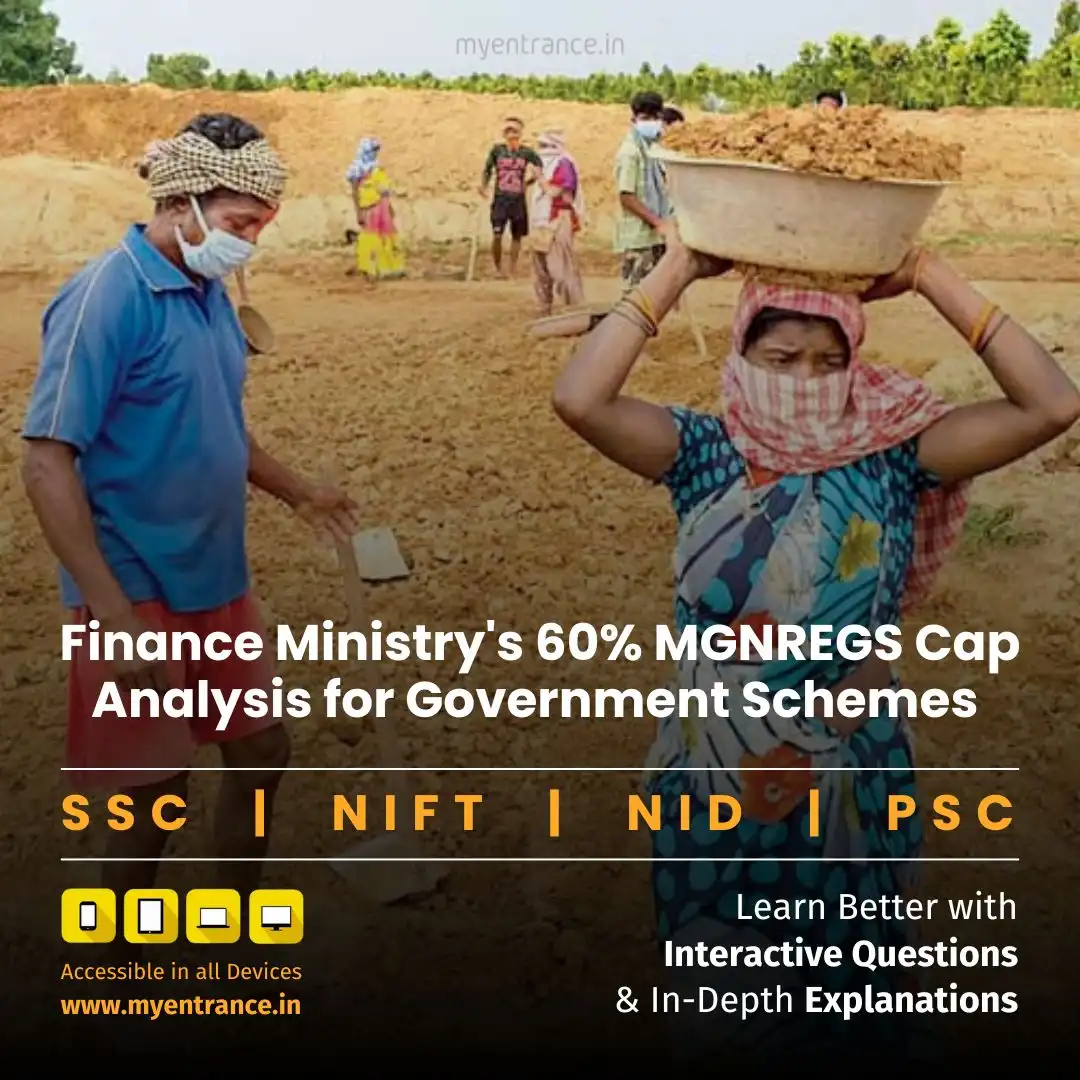Select Language
GDP vs. Reality: Has India’s Growth Improved Per Capita Income & Living Standards?
While PM Modi highlights India’s rise as the third-largest economy, a critical question emerges: Has this growth translated into better living standards and higher per capita income? Let’s analyze the data and trends shaping India’s economic reality.
1. India’s Economic Growth & Global Standing
PM Modi stated that India is among the fastest-growing major economies, poised to secure the third-largest economy spot globally.
The government has implemented game-changing reforms, including:
GST unification for a simplified tax structure.
Reduced corporate taxes to attract foreign investments.
Decriminalization of business laws to boost investor confidence.
2. ‘Trust of Doing Business’ – A New Benchmark
Beyond “ease of doing business,” India now emphasizes “trust of doing business”—ensuring transparency, policy stability, and investor protection.
This shift aims to position India as a reliable global business hub, competing with leading economies.
3. Strengthening India-Cyprus Relations
Cyprus President Nikos Christodoulides hailed PM Modi’s visit as a “historic moment”, marking a new chapter in bilateral ties.
Cyprus has been a strong supporter of India’s stance on:
Kashmir issue
Cross-border terrorism
UN Security Council reforms
The visit strengthens India’s engagement with the Mediterranean region and the EU, especially as Cyprus prepares to assume the EU Council presidency in January.
4. Strategic Partnerships & Future Collaborations
Discussions covered trade, technology, security, and people-to-people exchanges.
PM Modi’s delegation included 100+ officials, signaling India’s serious intent to expand economic ties.
5. Next Stop: G7 Summit & Croatia Visit
After Cyprus, PM Modi headed to Canada for the G7 Summit, focusing on global economic strategies.
His final stop was Croatia, where he met leaders to discuss bilateral cooperation and counter-terrorism efforts.
Sample Questions & Answers for Competitive Exams (SSC, PSC, UPSC)
Q1. What key economic reforms did PM Modi highlight during his Cyprus visit?
Ans: PM Modi emphasized GST implementation, corporate tax rationalization, and decriminalization of business laws to enhance India’s business environment.
Q2. What does “trust of doing business” mean, as mentioned by PM Modi?
Ans: It refers to India’s commitment to policy stability, transparency, and investor protection, going beyond just ease of doing business.
Q3. Why is Cyprus significant for India’s foreign policy?
Ans: Cyprus supports India on issues like Kashmir, cross-border terrorism, and UN reforms, making it a key partner in the EU and Mediterranean region.
Q4. What was the main agenda of PM Modi’s Cyprus visit?
Ans: Strengthening bilateral ties in trade, technology, and security while reinforcing India’s economic growth narrative.
Q5. Which major global event did PM Modi attend after his Cyprus visit?
Ans: He participated in the G7 Summit in Canada, followed by diplomatic meetings in Croatia.
Key Factors to Assess Standard of Living & Per Capita Income
1. Per Capita Income: Rising, But Still Low
Current Status (2024): ~₹1.72 lakh ($2,100) per year (World Bank).
Growth Trend: Increased from ₹86,000 ($1,200) in 2014, but still far behind China ($12,500) and global averages.
Concern: While GDP grows, income inequality means wealth is concentrated in top 10%.
2. Poverty Reduction: Progress, But Challenges Remain
Decline in Extreme Poverty: From 21% (2011) to ~11% (2024) (World Bank).
However: Over 150 million still live below the poverty line (₹1,286/month urban, ₹1,089 rural).
Informal Sector Dominance: 80% of workers are in low-paying, unstable jobs without social security.
3. Employment & Wage Growth: Stagnation in Key Sectors
Unemployment Rate (2024): ~7-8% (higher for youth).
Real Wage Growth: Only ~3% annually in last decade (below inflation in many years).
Job Quality: Majority of new jobs are gig work or informal labor without benefits.
4. Cost of Living vs. Income: The Squeeze on Middle & Lower Classes
Inflation (2020-24): Averaged 6-7%, with food inflation hitting 8-10% in crisis years.
Housing & Education Costs: Rising faster than income in cities.
Result: Many households see nominal income rise but purchasing power decline.
5. Human Development Index (HDI): Slow Improvement
India’s HDI (2024): 0.645 (Medium Development) – up from 0.586 in 2014, but still ranks 132/191.
Key Issues:
Healthcare access remains weak (only 1.3% of GDP spent on public health).
Education quality lags (ASER reports show 50% of Grade 5 students can’t read Grade 2 text).
Sample Questions & Answers (For Competitive Exams)
Q1. What is India’s current per capita income, and how does it compare globally?
Ans: ~₹1.72 lakh ($2,100), much lower than China ($12,500) and global averages.
Q2. Has poverty reduced in India over the last decade?
Ans: Yes, extreme poverty fell from 21% to ~11%, but 150M still live below the poverty line.
Q3. Why is wage growth a concern despite GDP expansion?
Ans: Real wages grew only ~3% annually, lagging behind inflation, and most jobs are informal.
Q4. How does India’s HDI rank reflect living standards?
Ans: Ranked 132/191, indicating slow progress in health, education, and income equality.
Q5. What major economic challenge limits improvement in living standards?
Ans: Income inequality – wealth is concentrated in the top 10%, leaving little for the middle & lower classes.
Most Predicted Questions
Comprehensive study materials, Expert-guided tips & tricks, Mock tests and instant results.
Start your SSC, NIFT, NID, FDDI, PSC journey today with MyEntrance, your ultimate online coaching platform.







